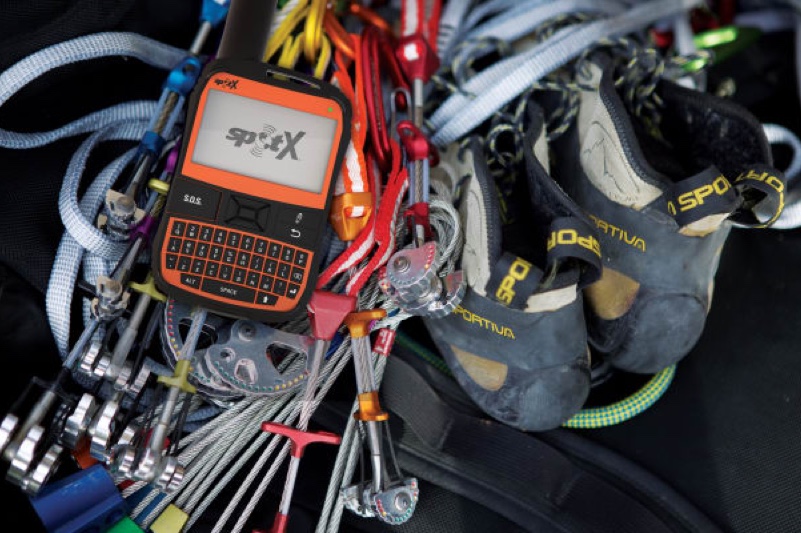
If you’re someone who needs to be able to stay in constant contact with friends and family, even while traveling in the remote corners of the planet, you now have some interesting options to do just that. A few days back we saw the announcement of the new Garmin inReach Mini and now we have another satellite communicator that offers similar functionality. Spot has taken the wraps off its newest device, bringing two-way messaging to its users for the very first time.
The Spot X sports the company’s trademark orange and black color scheme but is a bit larger than Spot’s previous devices. That’s because this model comes equipped with a physical keyboard that somewhat resembles those found on older Blackberry devices. Spot says the keyboard can be used to type and exchange messages with any cell phone or email address in the world from just about any location on the globe.
Like its siblings the Spot X transmits data on the Globalstar network, which offers coverage across much of the planet, excluding the Poles. A closer look at the coverage map indicates that two-way messaging works in North and South America, Europe, and most of Africa. The service is not available throughout most of the Middle East and Asia however, although SOS coverage and one-way messaging does work in those locations.

In addition to serving as a satellite communications device the Spot X can also be used by friends and family back home to track a user’s location at all times. The device comes with a built-in digital compass to aid in navigation and provides the ability to send an SOS alert should the Spot user run into trouble. The device even allows the owner to post their current status to social media outlets and send an “I’m okay” check-in, too.
The Spot X comes equipped with an illuminated keyboard that makes it easy to use in low-light conditions as well as a 2.7-inch backlit display. The device is dust, shock, and waterproof and comes with a rechargeable lithium ion battery that is reportedly good for up to ten days even in continuous tracking mode. Spot says that each unit is issued its own North American cell phone number, allowing it to receive messages from just about any kind of device. Monthly service fees start at $20.00 — cheap enough that you can finally afford what truly matters in life.
Find out more on the Spot X website.


